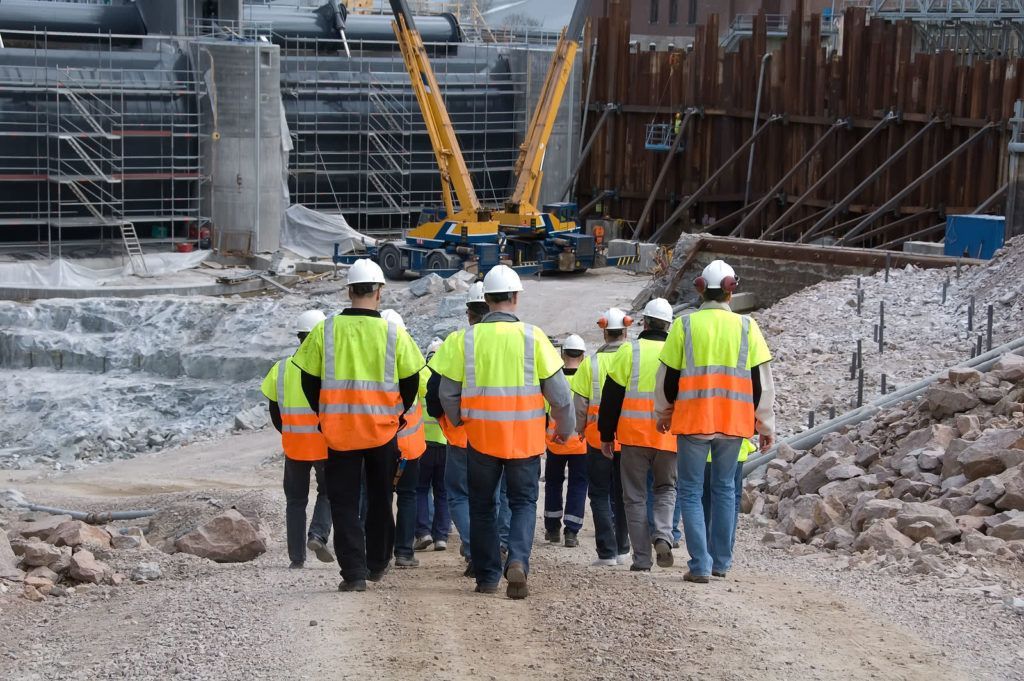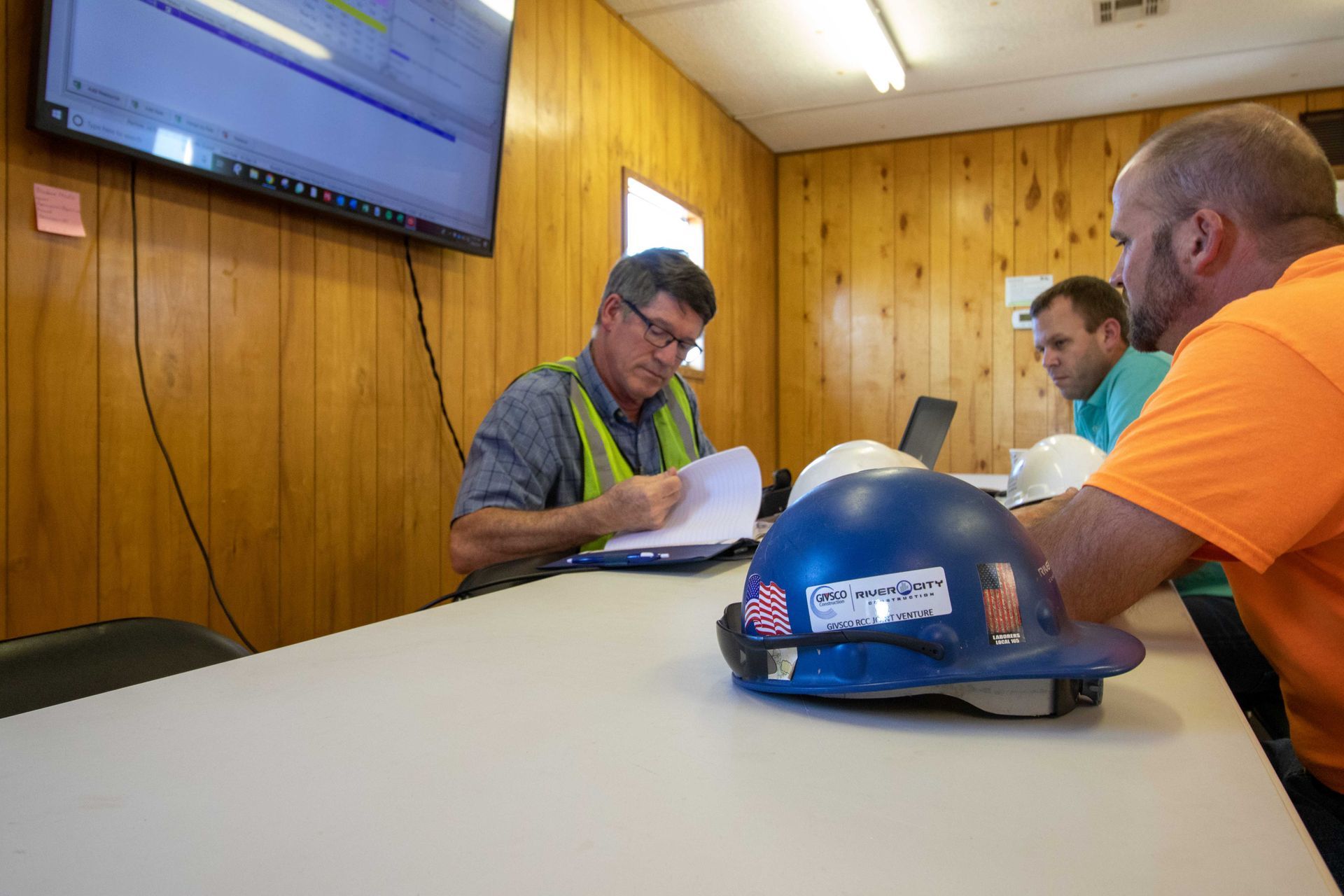Tackling Common Construction Company HR Challenges
Common Construction Company HR Challenges
Common Construction Company HR Challenges. The most important asset of any business is its workforce, and that’s especially true in the construction industry. While all industries face a few universal human resources and recruiting challenges, construction businesses have to tackle unique issues: Lack of qualified talent, high turnover, and safety concerns top the list — but those aren’t all.
Below you’ll find five major challenges that construction business owners seem to face the most, along with some solutions that you should consider to help unravel these knots.
Challenge #1: Recruiting new construction workers
The unemployment rate has remained low throughout the year resulting in business owners across all industries competing against each other to attract top talent. Within construction, that challenge is amplified by the misconception that all construction jobs are low-paying, physically difficult, and unsafe. Because different projects require different skills, construction companies often don’t find it easy to get workers that have the experience to meet their criteria.
While it’s important to offer competitive pay and stellar benefits packages, finding recruits in the first place might take a bit of thinking outside the box. A good example of this creative recruiting is using social media to post job openings, descriptions, and requirements to connect with a younger generation of workers. It’s also important for businesses to invest in branding for reputation’s sake — this crucial step can help save time and money because it creates more of an “inbound” recruitment funnel.

Challenge #2: Risk mitigation, construction employee safety, and workers’ comp
There’s no way around the inherent risk of working in construction, and this can lead to huge costs for owners. Medical expenses, growing workers’ comp insurance premiums, lost productivity due to injured workers, costs associated with turnover, and lawsuit settlements are just some ways that employee safety can be hugely costly. It goes without saying but bears repeating: Safety must be a top priority on every worksite, and all construction companies must develop and enforce comprehensive safety plans. A solid program should include regular training for every employee along with protocol to follow when injuries do happen. If your crew includes non-English speakers, managers need to explain this information in ways everyone can thoroughly understand. It’s always a good idea to bring in the help of safety and risk management professionals and find ways to save costs and keep employees safe.
Challenge #3: Changing labor laws for construction employees
Along with OSHA regulations that may shift frequently and result in company fines for noncompliance, employers must also pay close attention to the Affordable Care Act (ACA) guidelines along with other labor laws. For construction companies that may face high turnover, seasonal employees, and workers without insurance, owners need to understand how the ACA applies to their unique situation. While it may be costly to comply, fines from violations could be even more expensive. Overtime and minimum wage protections will also be changing as of January 1, 2020, and payroll is not something your construction business wants to complicate.

Challenge #4: High construction employee turnover
Many workers are hired seasonally or on a per-project basis, but that’s not all that contributes to the high turnover rate in the construction industry. Worksite conditions, wage decreases, and even work-related injuries can cause employees to move quickly between companies. Not only is it expensive to recruit new workers, but training also takes money and time. To combat this challenge, employers need to offer job development, create a sense of transparency, open lines of communication for feedback, and empower everyone on every level to work at their fullest potential. Other strategies like frequent check-ins and employee awards can let them know they’re valued and make them want to stick around longer.
Challenge #5: Construction worker classification
As the gig economy grows and freelancers remain in high demand, your construction company needs to know why it’s important to properly classify and differentiate employees and independent contractors. Doing so helps determine several factors including wages, benefit eligibility, scheduling, reimbursement, and more. Keeping these classifications clear and up to date can save your construction business from costly fines and lawsuits. Your payroll taxes could also change based on how many employees you have versus the number of independent contractors you bring on board. This is an important business process that you should consider outsourcing to a payroll or accounting pro.
There’s no way your construction company can succeed without employees who are engaged, safe, productive, and fairly compensated. Once you overcome the above challenges, the next step is scheduling projects using that top talent — something that TD Wilson can help with.
Common Construction Company HR Challenges. Construction scheduling project management is a critical piece of any major project. A realistic, logical calculation of the best-case scenarios, likely scenarios, and worst-case scenarios give you and the project team an accurate schedule to work by. Delays are mitigated or avoided by accurate project planning and management of various construction time windows. With an expert on the ground, your project moves as seamlessly as possible through all stages of development. Get in touch to see the TD Wilson difference.







